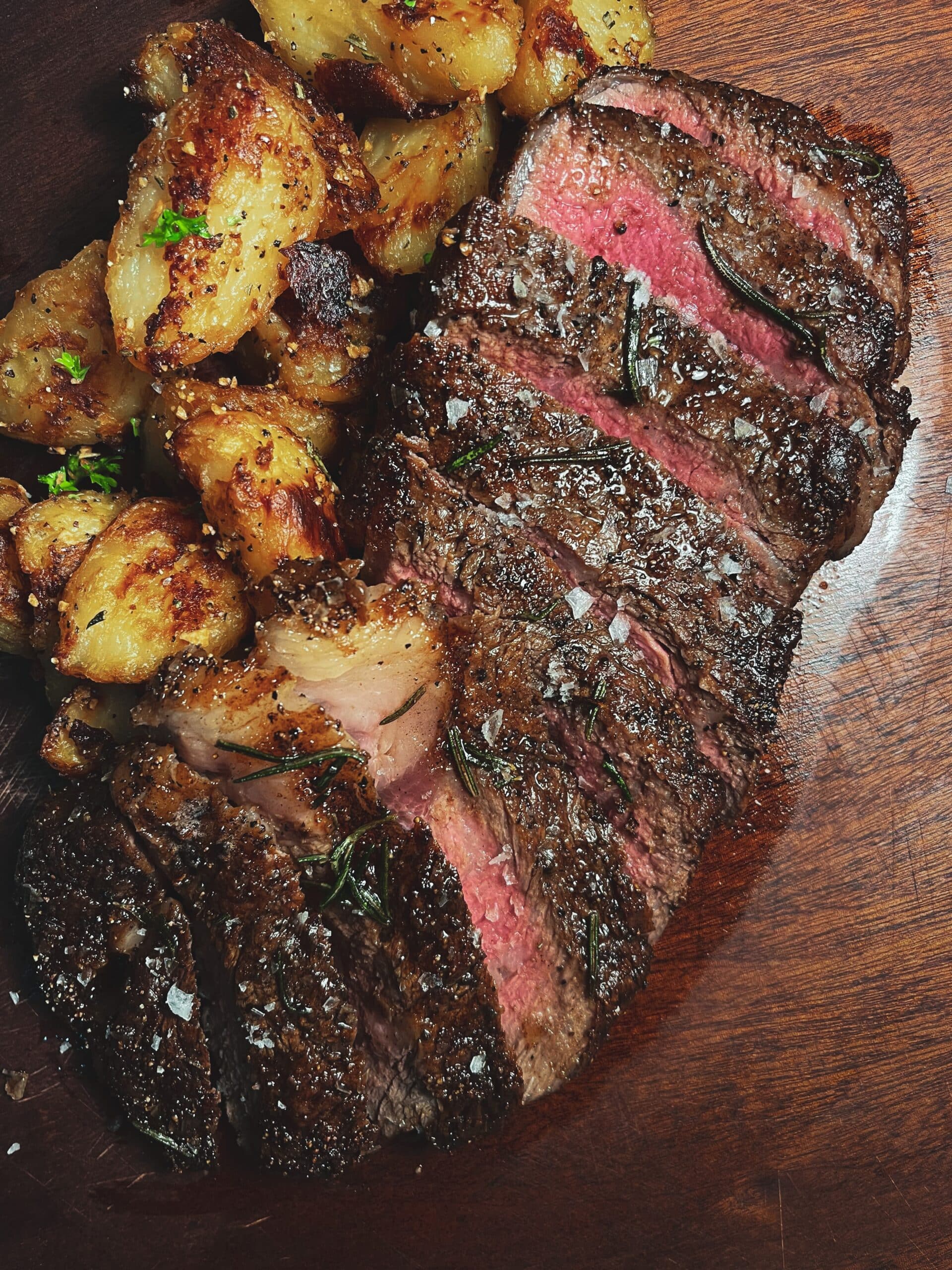For those who enjoy preparing dishes with a slow cooker, making corned beef brisket is a lot of fun. It’s a two-perk recipe; you get a great-tasting meat dinner with minimal effort. Corned brisket beef is one of those popular meals you enjoy at classic regional holidays like St.Patty’s day, but you can still make it a regular on your menu at any time of the year. But you need to take note of a few suggestions if you want to make sure you get it right every time.
Handy tips for slow cooked corned beef brisket
Two factors are mainly highlighted when making slow-cooked corned beef brisket; it takes time and requires little preparation. Regardless of these two significant advantages, it would be best if you still kept some other tips in mind.
Selecting the meat cut
Corned beef brisket is very different from the regular beef brisket, you know. For starters, the latter is fresh and is popularly synonymous with roast. But corned beef brisket has been cured by soaking it in a brine combined with spices and salt.
You can also decide which cut of corned beef you prefer to slow cook. If you’d like a fattier cut, it’s best to go for the front-cut corned beef. If you wish to cut back the fat and opt for leaner meat, you should consider the rear-cut corned beef brisket.
When selecting the type of meat cut, you may also notice the color difference. Generally, you’ll find the red and the gray corned beef brisket cuts. While they’re the same thing, the gray option is brined without spices, compared with the red type. The red ones are the most commonly used, but you can pick whichever you prefer.
Preparing the corned beef brisket
Corned beef brisket does come with a lot of salt content from its brining process. So, before you cook it, be sure to rinse it under running tap water for some minutes. The running water helps to rinse off any excess salt from the brisket.
Adding other ingredients
You should put the vegetables you wish to cook with the corned beef brisket in the pot first, before the meat. Also, make sure to have the fat side of the meat up when you place it in the slow cooker. Once arranged, you can season with the spices that come with the corned beef brisket (most products come with a seasoning packet) and any other extra seasoning you wish to add. Then, finally, add enough water to the crockpot to almost submerge the corned beef.
Tips for the slow cooker
It would help if you also consider some helpful tips concerning the slow cooker, so you get great corned beef brisket results.
Make sure the slow cooker is large enough to cook the corned beef brisket. A 6-quart crockpot will quickly cook 4 pounds of corned beef brisket.
Set the pressure cooker to low when cooking corned beef brisket. This temperature level allows the meat to cook slowly, so the toughness is gradually softened. And though the process takes a longer time, you’ll end up with a moist, juicy result, so it’s worth the wait.
Serving slow cooked corned beef brisket
Slow-cooked corned beef brisket is best served in slices. You want to cut the meat against the grain and not with it. When you cut the meat with the grain, the portions will be tougher to chew. But cutting it against the grain gives you slices that you can easily chew.
Print
Slow cooker corner beef brisket with cabbage (8 servings)
Ingredients
- 1 rinsed corned beef, 3 pounds; with seasoning packet
- 4 large carrots, cut into strips
- 4 yellow potatoes, diced
- 1 large onion, roughly chopped
- 1/2 cabbage head, cut into 4 places
Instructions
- Place the prepared vegetables as a layer at the bottom of the slow cooker. Put the corned beef, fat side up, and sprinkle the seasoning. Hold the brisket down and add water till it’s almost submerged.
- Cover the slow cooker and set it on low for about 5 to 6 hours. Add the cabbage after 6 hours and cook for an additional 45 minutes to 1 hour.
- Once the corned beef brisket is ready, transfer to a cutting board and cut against the grain in thin slices. Serve side by side with the cooked vegetables.
- If you have leftovers, store them in airtight containers in your fridge. But be sure to eat them within five days after storage.
